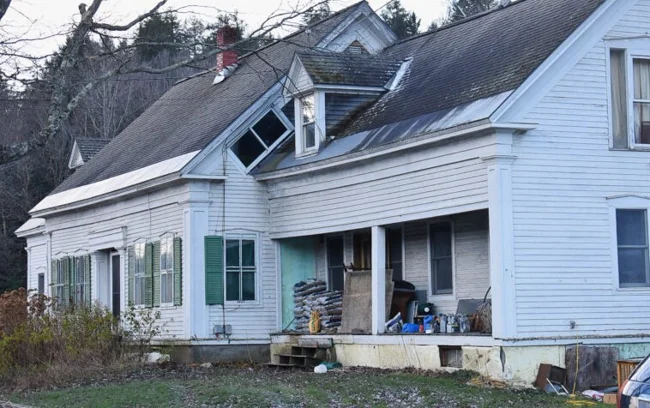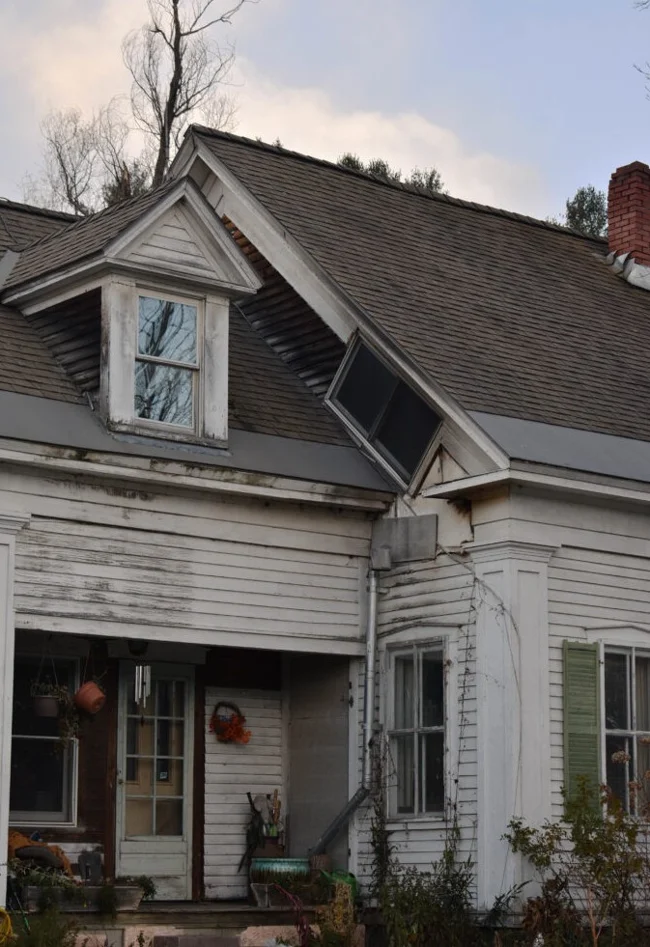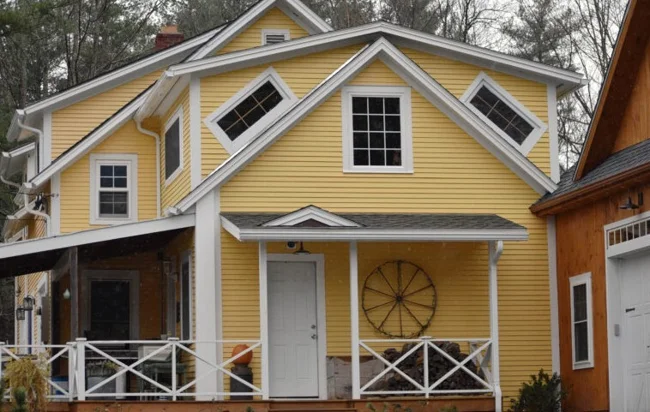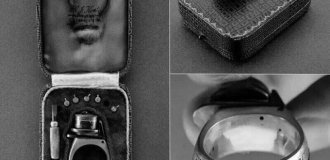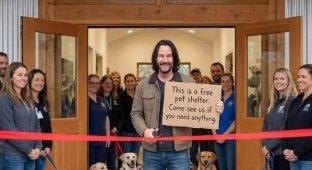Vermont's Witch Windows: An Architectural Riddle Under the Roof (14 photos)
Hidden among the picturesque landscapes of Vermont lies a unique architectural oddity, uncommon in most parts of the country. These are so-called witch windows. 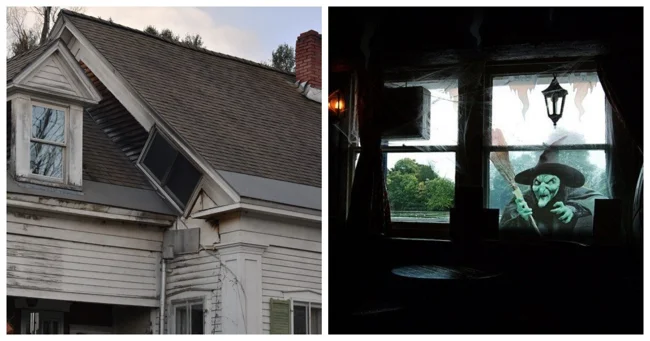
From the outside, they appear to be a builder's mistake. They are standard vertical windows, but they are set into the gables of old farmhouses at an odd angle, echoing the slope of the roof. 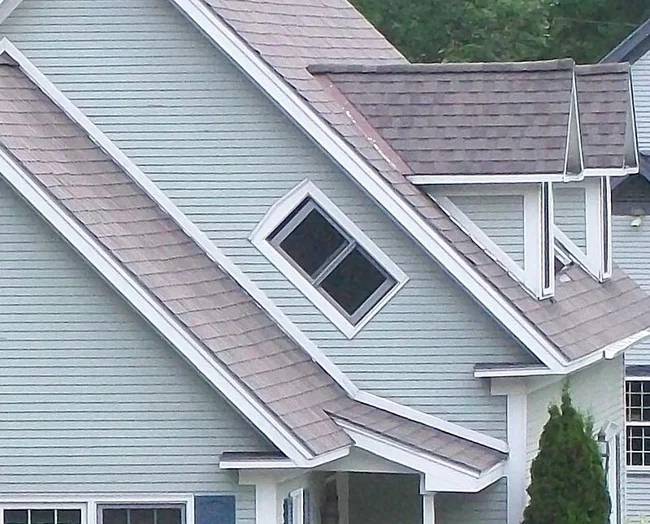
According to local folklore, this clever design served as protection from evil spirits. Supposedly, witches riding on broomsticks were unable to enter the house through the slanted opening. While this seems logical, it immediately falls apart when you ask a simple question: why then were all the other windows in the house left as normal, vertical ones? After all, it wouldn't have been difficult for a crafty witch to find a loophole among them. 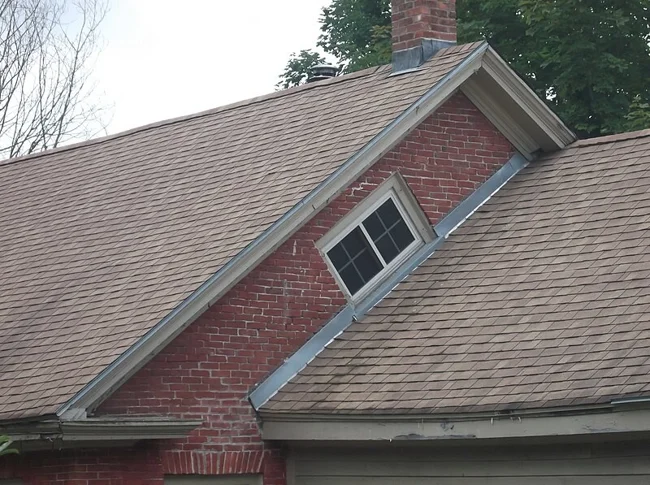
The origin of this superstition is shrouded in mystery, but Vermonters humorously play on the oddity in a local joke. "Why is this window so crooked?" asks a tourist. "What window?" asks a local. "A witch's window? Oh, I see, thank you!" The satisfied tourist leaves, confident he's received a comprehensive answer. 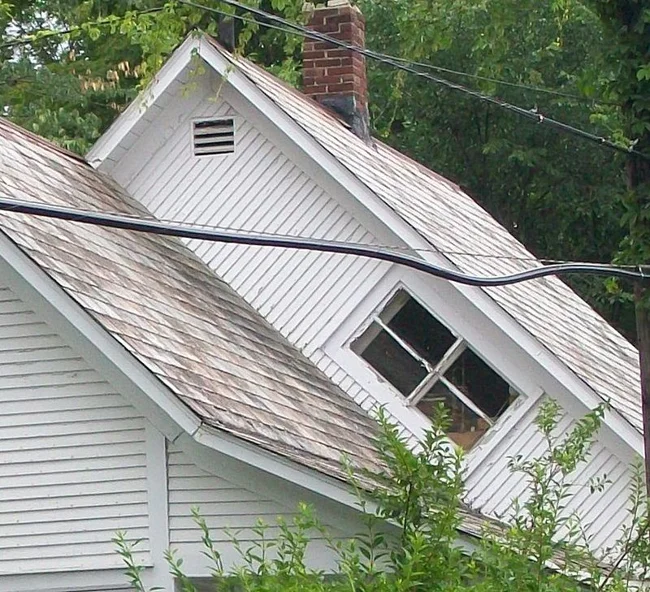
There's also a more sinister theory linking these windows to funeral rites. According to this theory, the coffin windows facilitated the deceased's descent from the upper floor, bypassing narrow staircases. However, this theory doesn't hold water: historically, coffins weren't brought into bedrooms, and the windows themselves are too small and often don't open fully. 
The true reason for the appearance of witch windows is prosaic and practical – folk ingenuity and thrift. In the cramped space under the roof slope, where the roofs of the main building and its extension meet, there simply wasn't enough room for a standard window. Building expensive dormer windows was expensive, but turning the existing window frame at an angle proved to be an ingenious and economical solution, providing both light and ventilation. 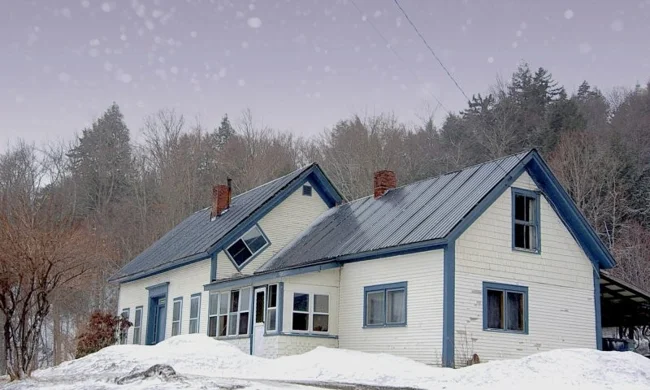
While this architectural phenomenon is firmly associated with Vermont, it can occasionally be found in the rural backwoods of New Hampshire or Maine. But it is in central and northern Vermont, in the historic farmsteads of the 19th century, that these crooked windows have found their true historical place, becoming silent witnesses to a bygone era. 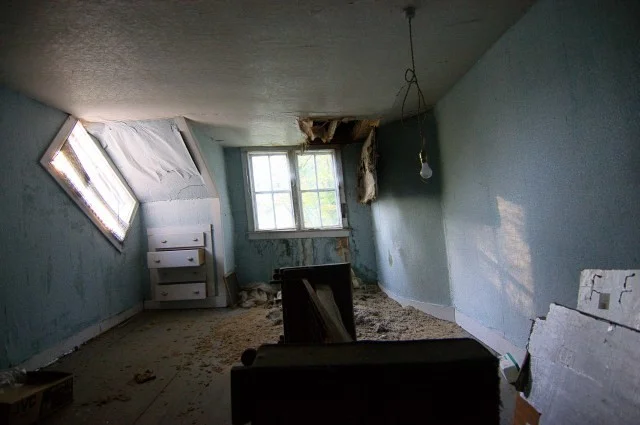
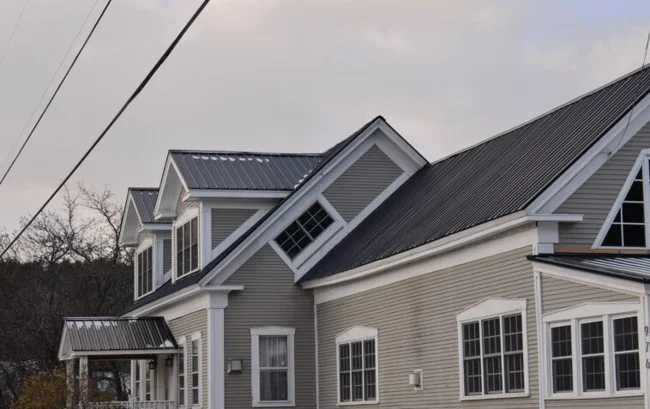 < br>
< br>